Train Your Brain
A new regular activity that challenges your brain helps build cognitive skills and helps your brain develop as you grow and age. This class will focus on the understanding of the human brain and how we use it to learn math. Meet the big names (and even bigger brains) who made mathematical history, such as Pythagoras and Isaac Newton. Students will improve their cognitive skills by participating in a variety of exercises designed to improve memory and abstract thinking. Some examples of memory-based exercises are The Tray Game, Going on a Trip, and Pareidolia Art.
Monday: Math Brain- meet your brain, learning math, problems with numbers, early mathematicians, etc.
Tuesday: Inventing Numbers- number systems, zero, Pythagoras, number patterns, calculation tips, Archimedes, measurements, etc.
Wednesday: Magic Numbers-seeing sequences, pascal’s triangle, magic squares, infinity, primes, etc.
Thursday: Shapes and Space- shape shifting, 3-D shape puzzles, optical illusions, etc.
Friday: A World of Math- mapping, probability, displaying data, logic puzzles and paradoxes, breaking codes, ciphers, etc.
Mad Hatter
Are you up for a challenge? Like the UofM Math Field Day, flights of problems are provided via projector for 90 seconds each. Once the flight has been run through, students will be asked to volunteer their solutions on the board as we talk about the tips and tricks used for each problem.
Each day consists of different themes.
From Floating to Sinking, from Purple to Red and Green, and all the Delicious Mixtures in Between!
Chemistry is all around us in that which we can see and that which we cannot see. Things that take place on the atomic level impact every part of the world around us. The study of Chemistry helps us to better understand all the different areas of science.
In this course students will:
Explore the properties of a gas, including an experiment where you will make a science toy that uses changes in pressure to make an object float or sink.
Explore chemical and physical separation techniques, including an experiment where students separate the dyes that are found in everyday food products.
Explore the chemistry of acids, bases, and pH, including several brilliant color changing demonstrations and experiments.
Explore properties of solutions, including the use of a salt water solution to make ice cream.
Each day will include a classroom lesson, a classroom demonstration, and a laboratory experiment.
Public Service Career Spotlight
Are you always curious what people do when they go off to work to help people? Enjoy helping, fundraising, or even learning how to protect yourself and others? Many careers involve helping people including saving their lives whether it be talking to them or saving them from a threat or problem. Would you like to help and save people now and when you grow up? Are you always wishing and hoping you had the knowledge and some skills to help society in some way? This class will be highlighting and working with instructors and professionals who work everyday in helping and saving people. Each day will open up new opportunities to meet and participate in interactive and very hands-on skill forming activities that students will feel knowledgeable in and will leave them wanting more!
Taxonomy and Dinosaurs Classifications
According to Britannica Dinosaurs are classified into subgroups on the basis of major skeletal features.
The chief difference between the two major groups of dinosaurs is in the configuration of the pelvis. It was primarily on this distinction that the English biologist H.G. Seeley established the two dinosaurian orders and named them Saurischia (“lizard hips”) and Ornithischia (“bird hips”) in 1887; this differentiation is still maintained.
In this class students will discuss the use of taxonomy and how animals, plants, and other life forms are connected. Participants will learn about a focus on life forms in general, rather than specifically humans and how we differ from animals such as dinosaurs.
Monday: Review different types of animals and break them down by different types, have the students identify the different characteristics and reasoning for each.
Tuesday: Introduce some formal definitions and groups, working off of different living animals and filling in more types that we’ve missed. Discuss potential groupings.
Wednesday: Apply the previous to dinosaurs, reviewing the different types of dinosaurs and discussing similarities.
Thursday: Discuss how dinosaurs are dated and how we can apply our knowledge of when they lived to how related they are.
Friday: Provide some incomplete skeletons to the students and ask them to draw conclusions
Fibonacci Sequence
Fibonacci is considered one of the greatest mathematicians of the Middle Ages. (His full name is Leonardo of Pisa and he lived nearly 800 years ago.) Throughout his life, Fibonacci traveled around, meeting new people, and learning new ideas. Fibonacci taught us about an interesting list of numbers that has fascinated the world for centuries. In this class students will learn about Fibonacci’s famous numbers and where you can find them in nature.
Monday: Introduction to sequences and patterns
Tuesday: How the Fibonacci numbers appear in nature (phyllotaxis)
Wednesday: The golden ratio (the relationship between Fibonacci numbers) and its applications in art.
Thursday: Learn how to draw a golden spiral using the Fibonacci numbers.
Friday: We’ll play a game that will help us identify combinations of Fibonacci numbers to prove the following theorem: Every number is the sum of a set of Fibonacci numbers.


